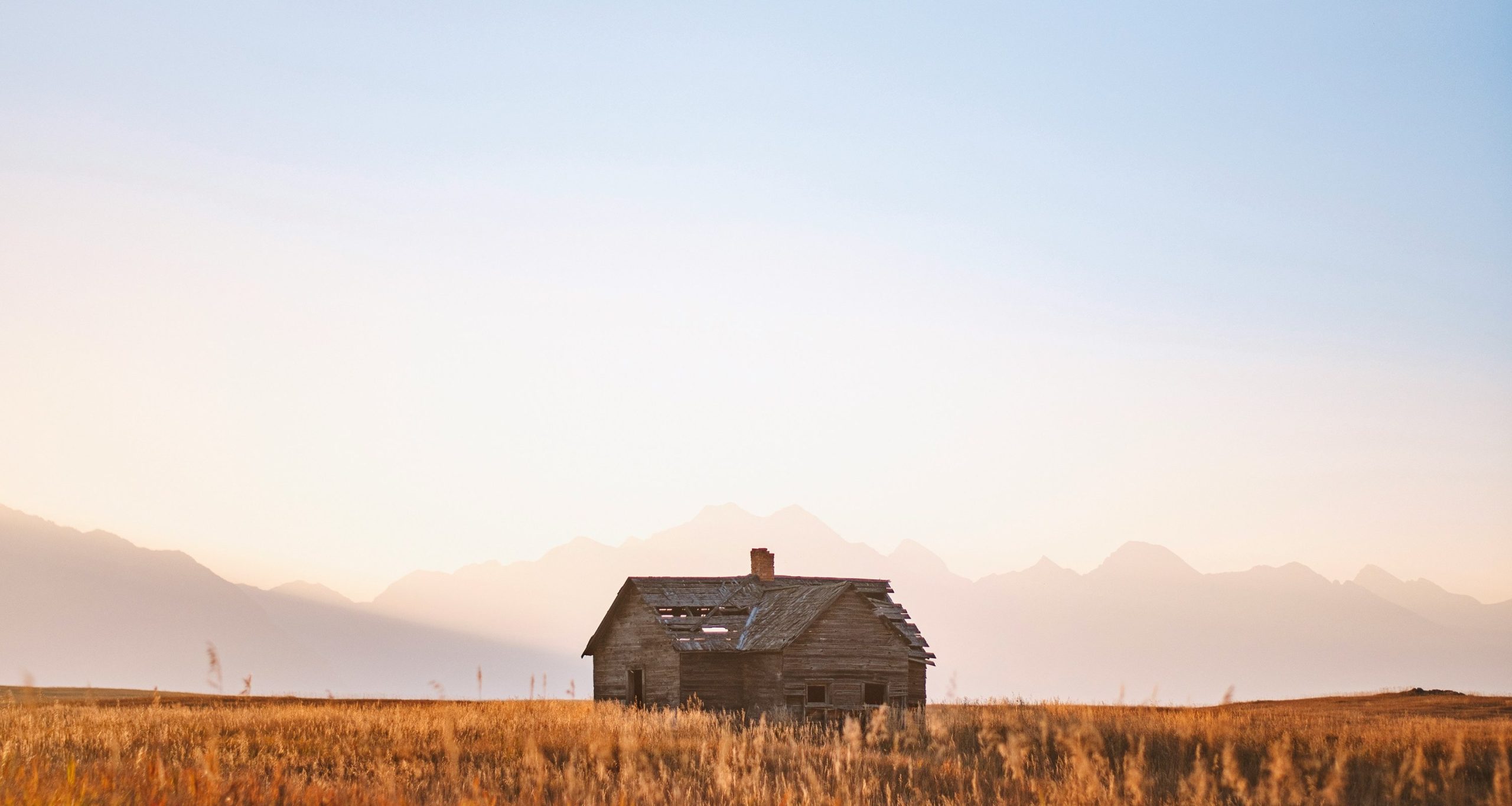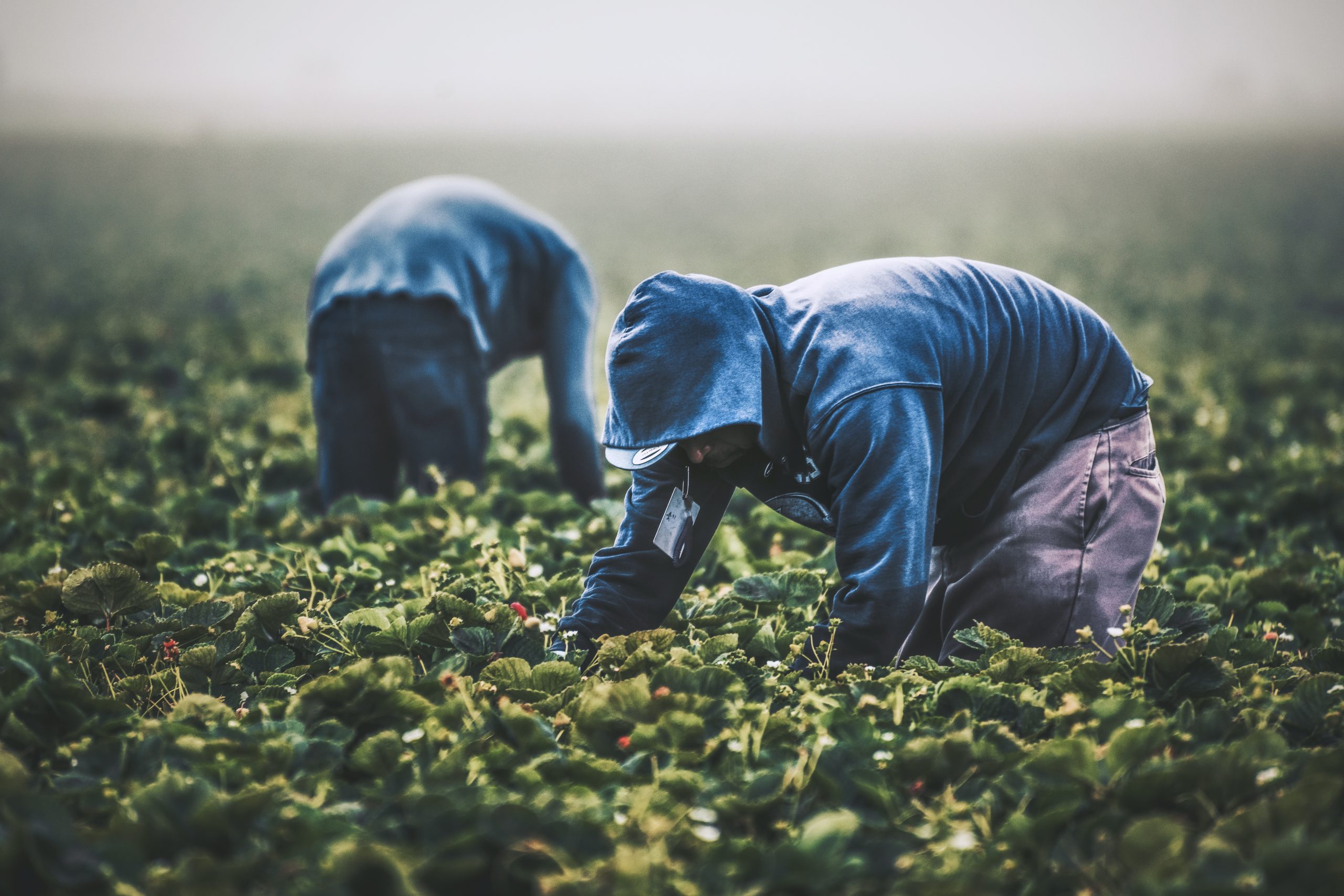Reading Lists
11 Fictional Restaurants We Wish Existed
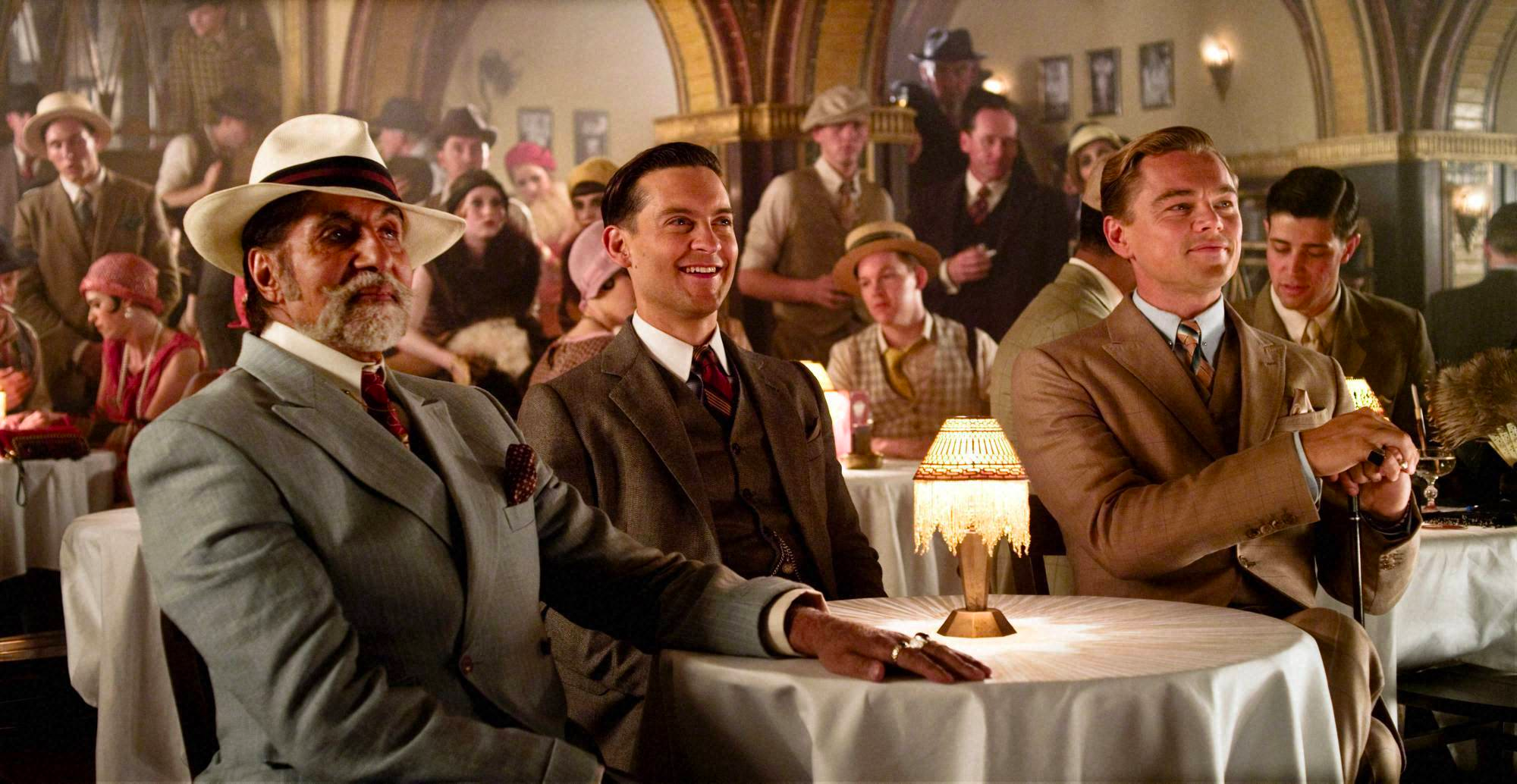
From a spy-packed Parisian brasserie to a North Atlantic chowder house, we’d love to eat and drink at these iconic literary haunts

Adam Gopnik, the terrific essayist who frequently finds a way to incorporate food into his work, once wrote, “Going to a restaurant is one of my keenest pleasures. Meeting someplace with old and new friends, ordering wine, eating food, surrounded by strangers, I think is the core of what it means to live a civilized life.” I would agree with Gopnik while adding another related, but no less keen or civilized pleasure — reading about a restaurant.
What’s so great about literary restaurants? First and foremost, I’ve found that restaurants — plus cafes, bistros, pubs, diners, really any manner of food establishment except maybe an automat, though full disclosure I’ve yet to come across one in a novel — transport you to and immerse you in the author’s imagined space more vividly than other settings because they play to multiple senses. At a restaurant, we hear the diners chat to each other as the glasses and forks clatter, we see the decor and observe the clientele, smell the cooking and taste the dishes. Restaurants are great for character building, too — you can learn a lot about someone based on what they order, whom they eat with, and how they treat the waitstaff, which incidentally I find holds true in real life, so tip appropriately.
Fictional restaurants, far from real life’s rent hikes and health inspectors, are often cozier, more delicious, more delightfully bizarre or over-the-top luxurious than anywhere I’ve actually eaten, and that’s why I’d absolutely go to these eleven restaurants — and bars for good measure — if only they existed.
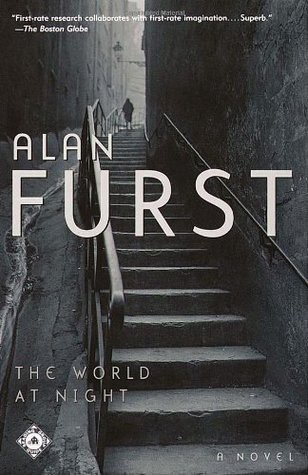
1. Brasserie Heininger in Alan Furst’s spy novels
Alan Furst is obsessed with Paris — the Hammett Prize-winning mystery writer returns time and again to the world of dark, smoky, seductive 1930s-era Paris, including many scenes set at the Brasserie Heininger. The brasserie is more than simply a fictionalized version of a classic Parisian restaurant — it’s also a smoky spy den. If I could go, I’d be sure to ask for table 14; in The World at Night, a bullet hole is cracked into the mirror above the table right before the Bulgarian head waiter is shot dead while sitting on the toilet in the ladies’ bathroom.

2. Try Pots in Moby Dick by Herman Melville
On a cold Nantucket evening, what’s better than settling down at an inn where you can dive face-first into a bowl of clam chowder “made of small juicy clams, scarcely bigger than hazel nuts, mixed with pounded ship biscuit, and salted pork cut up into little flakes; the whole enriched with butter, and plentifully seasoned with pepper and salt.” Granted, chowder is the only dish they serve at Try Pots (your choice of cod or clam), but see it as a delightful quirk, like the restaurant’s floor, which is paved with clamshells.

3. The Angleterre in Anna Karenina by Leo Tolstoy
The 19th century Russian aristocracy weren’t exactly known for their restraint, and the meal which Oblonsky and Levin share at The Angleterre is fit for two kings, which incidentally is how the wait staff treats them throughout their lavish, multi-course meal. On the menu? Turbot, oysters, cabbage soup, roast beef, capons, poulard a l’estragon, macedoine de fruits, Chablis, and Champagne, among other treats.

4. The Three Broomsticks from the Harry Potter series by J.K. Rowling
J.K. Rowling knows how to create delightful magical spaces (see: all of Diagon Alley and especially the bookstore, Flourish and Blots). That includes the wizarding world’s pubs: the Three Broomsticks is a local Hogwart’s hangout in the village of Hogsmeade, and I’d love to join the students and teachers for a pint of Butterbeer or a glass of Firewhiskey, mulled mead, or red currant rum.

5. Speakeasy in The Great Gatsby by F. Scott Fitzgerald
Faux-speakeasies and Prohibition-era cocktails are a dime a dozen in modern day New York, but there’s nothing like the real thing, particularly if the bar is created by F. Scott Fitzgerald — a man who knew how to have a good time. The den where Nick Carraway and Gatsby go to lunch and drink illicit booze is also a hothouse of dubious characters, including the man responsible for fixing the 1919 World Series. Pass the moonshine, please.
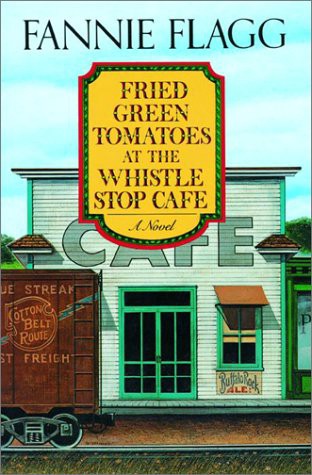
6. Whistle Stop Cafe in Fried Green Tomatoes at the Whistle Stop Cafe by Fanny Flag
The Whistle Stop Cafe is a warm, cozy spot where everyone is welcome to come and enjoy home-cooked Southern food, including the titular green tomatoes fried in cornmeal. Flag’s cafe was inspired by one that her great-aunt Bess owned in Irondale, Alabama, and she once admitted, “Strangely enough, the first character in Fried Green Tomatoes was the café, and the town. I think a place can be as much a character in a novel as the people.” Just one hint: skip the BBQ.

7. Unnamed Restaurant in Sweetbitter by Stephanie Danler
Danler’s fictional, unnamed restaurant was inspired the Union Square Cafe, the popular New York City restaurant where she worked as a waitress while earning her MFA at the New School. Instead of trying to nab a reservation in the dining room, I’d grab a seat at the bar and enjoy the delicious food while watching a kind of dinner theater — the many tensions and romantic entanglements that Danler seeded among the restaurant staff.
12 Fictional Bookstores We Wish Were Real

8. O’Connell’s in White Teeth by Zadie Smith
Smith excels at capturing the London which exists outside the posh streets of Kensington and the tourist attractions around Buckingham Palace and the Tower of London. Take O’Connell’s: an Irish pool house run by Arabs, it has no actual pool tables and the menu is bare bones, or short and sweet, depending on what you’re in the mood for — which better be eggs, chips, beans, and mushrooms, because that’s all they serve. Of course you go to O’Connell’s less for the eggs and more for the conversation, which covers “everything from the meaning of Revelation to the prices of plumbers. And women. Hypothetical women.”

9. La Céleste Praline from Chocolat
This 1999 novel tells the story of a wandering chocolate-maker named Vianne Rocher who comes to the small French village of Lansquenet-sous-Tannes and opens a chocolaterie during the season of Lent. Vianne’s sugary creations aren’t appreciated by the local priest, who fights to shut her down. He loses, of course, to Vianne’s mouth-watering confections, like a gingerbread house “with the detail piped on in silver and gold icing, roof tiles of Florentines studded with crystallized fruits, strange vines of icing and chocolate growing up the walls, marzipan birds singing in chocolate trees.”

10. The Cat’s Pajamas in 2 A.M. at the Cat’s Pajamas by Marie-Helene Bertino
The “second best jazz club” in Philly may be the most delightful in terms of atmosphere, from its charming name to its quirky, likable staff and regular patrons. I’d easily hole up at The Cat’s Pajamas for a long night of house drinks, jazz, and shimmying — something which happens regularly at the Cat and which needs to happen more in everyday life.

11. Dorsia in American Psycho by Bret Easton Ellis
The Dorsia is the ultimate in ridiculously expensive yet horrendously disgusting 1980s New York City power-dining. Though I wouldn’t want to actually eat dishes like blackened lobster with strawberry sauce or baby softshell crab with grape jelly, I would stop by to see the spectacle and then take pleasure in doing something that didn’t exist when Ellis was working on American Psycho — writing a scathing review on Yelp.






